Malachite bowl, hand made in Africa.
Malachite is a vibrant green mineral that has been prized for its beauty and utility for thousands of years. Its name is derived from the Greek word “malakos,” meaning “soft,” and it is a copper carbonate hydroxide mineral with the chemical formula Cu2CO3(OH)2. Malachite forms through the weathering and oxidation of copper ores and is often found in the upper oxidized portions of copper deposits. It commonly occurs alongside other copper minerals such as azurite, cuprite, and native copper.
Malachite is monoclinic in its crystal system, which means its crystals form in a three-dimensional lattice system with three unequal axes. It typically forms botryoidal, stalactitic, fibrous, or radiating masses, but can also appear as prismatic crystals. The mineral’s distinctive banded light and dark green patterns are due to variations in the amount of water and copper content during its formation. This banding makes malachite particularly desirable for ornamental uses, including jewelry and decorative objects.

Historically, malachite has been used for various purposes. In ancient Egypt, it was used as a pigment for green paints and cosmetics, and its powdered form was used as eye shadow. The ancient Greeks and Romans also used malachite for decorative inlays and jewelry. During the Renaissance, malachite continued to be used in art and for pigment, contributing to the vibrant greens in many iconic paintings.
In addition to its aesthetic appeal, malachite has been associated with various metaphysical properties. It is considered a stone of transformation, aiding in spiritual growth and personal evolution. Some believe that it can absorb negative energies and pollutants from the environment and the body, promoting emotional balance and healing.
From a geological perspective, malachite typically forms in the oxidized zone of copper deposits, often in association with other secondary copper minerals. These deposits can be found worldwide, with notable sources including the Democratic Republic of the Congo, Russia, Australia, the southwestern United States, and parts of Europe. The Ural Mountains in Russia are renowned for producing large, high-quality malachite specimens, which were extensively used in the construction of the famous malachite room in the Winter Palace in St. Petersburg.
Malachite is relatively soft compared to many other gemstones, with a Mohs hardness of 3.5 to 4. This softness means it can be easily scratched or damaged if not handled with care. It also has perfect cleavage in one direction, which can make it somewhat challenging to work with for lapidaries. Despite these challenges, its rich color and distinctive patterns make it a popular choice for jewelry and decorative pieces.
When working with malachite, it is important to note that the dust generated from cutting or polishing the stone can be toxic due to its copper content. Proper safety precautions, such as using dust masks and adequate ventilation, are essential to prevent inhalation of harmful particles. Finished malachite, however, is safe to handle and wear.
Malachite is often treated or enhanced to improve its appearance. Common treatments include impregnation with wax or resin to enhance its luster and stabilize the stone. It is also sometimes dyed to deepen its color, although such treatments can affect the value and durability of the stone.
In addition to its use in jewelry and art, malachite has industrial applications due to its copper content. Historically, it has been mined as a copper ore, although it is not a primary source of copper today due to the availability of more efficient extraction methods from other minerals. Nonetheless, its role in the history of metallurgy and mining is significant.
Collectors highly prize malachite specimens, especially those that exhibit well-formed crystals, striking banding, or unusual formations. Museums and private collections often feature impressive malachite pieces, showcasing the mineral’s natural beauty and variety.

The vibrant green of malachite is caused by the presence of copper ions. When copper minerals undergo weathering and oxidation, they interact with carbonated water to form malachite. This process can occur near the Earth’s surface in environments where copper ores are exposed to the elements. Malachite’s formation is part of a broader geological cycle involving the weathering, erosion, and deposition of copper minerals.
Prehistoric 101 (Learn about fossils, minerals, and meteorites)
What is Chrysocolla
What is Malachite
Discovering Prehistoric Life and Fossils

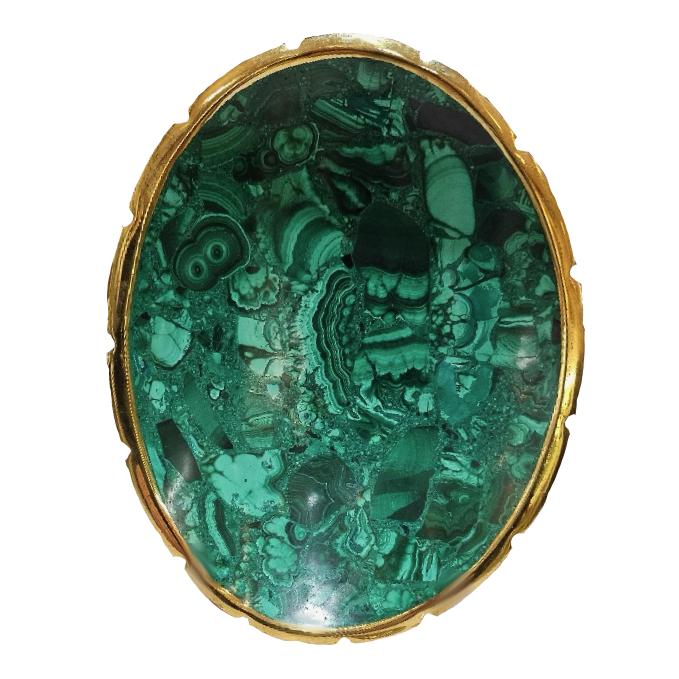
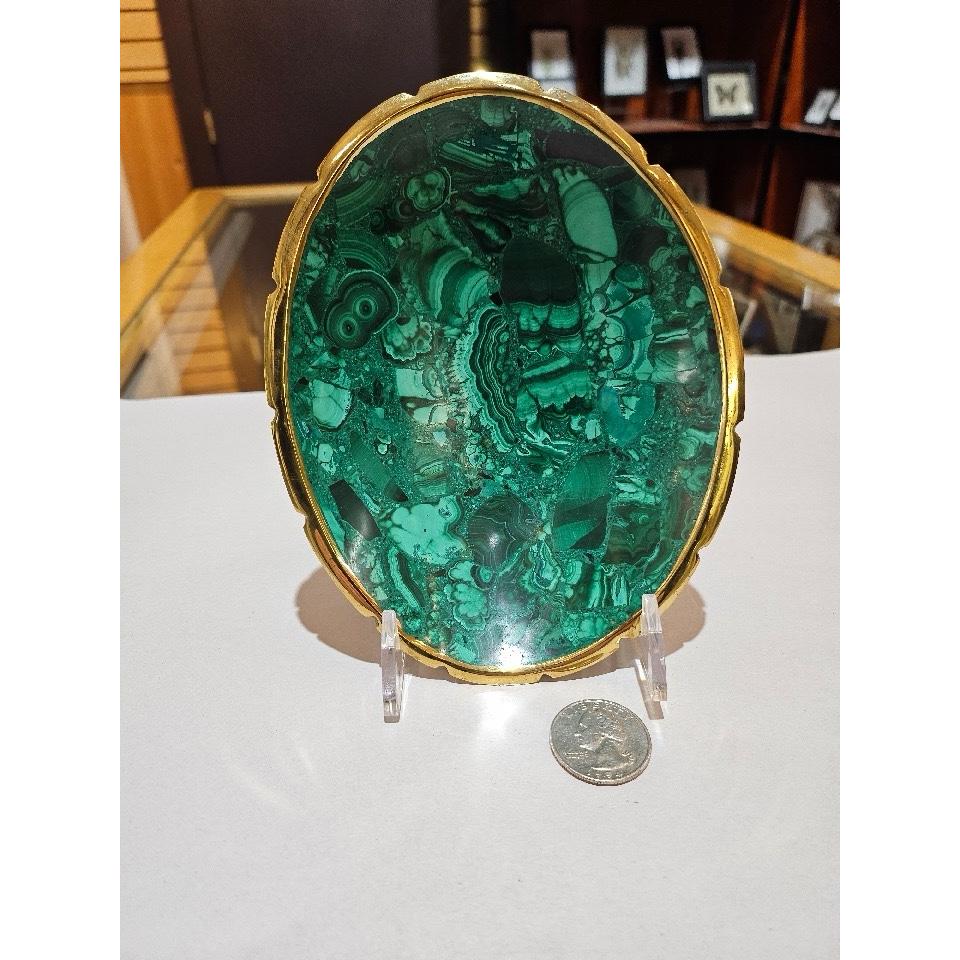
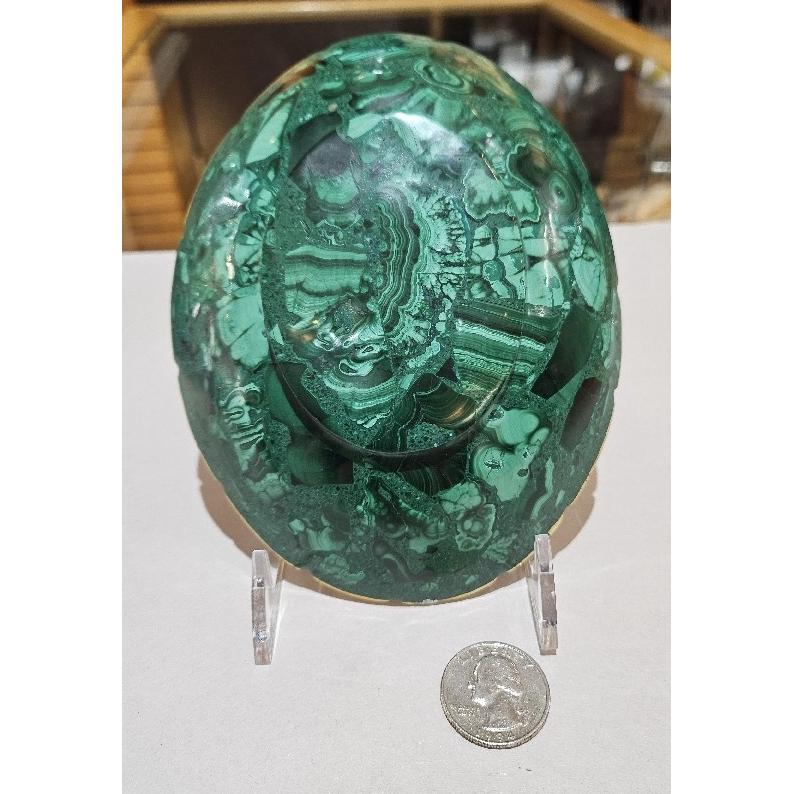








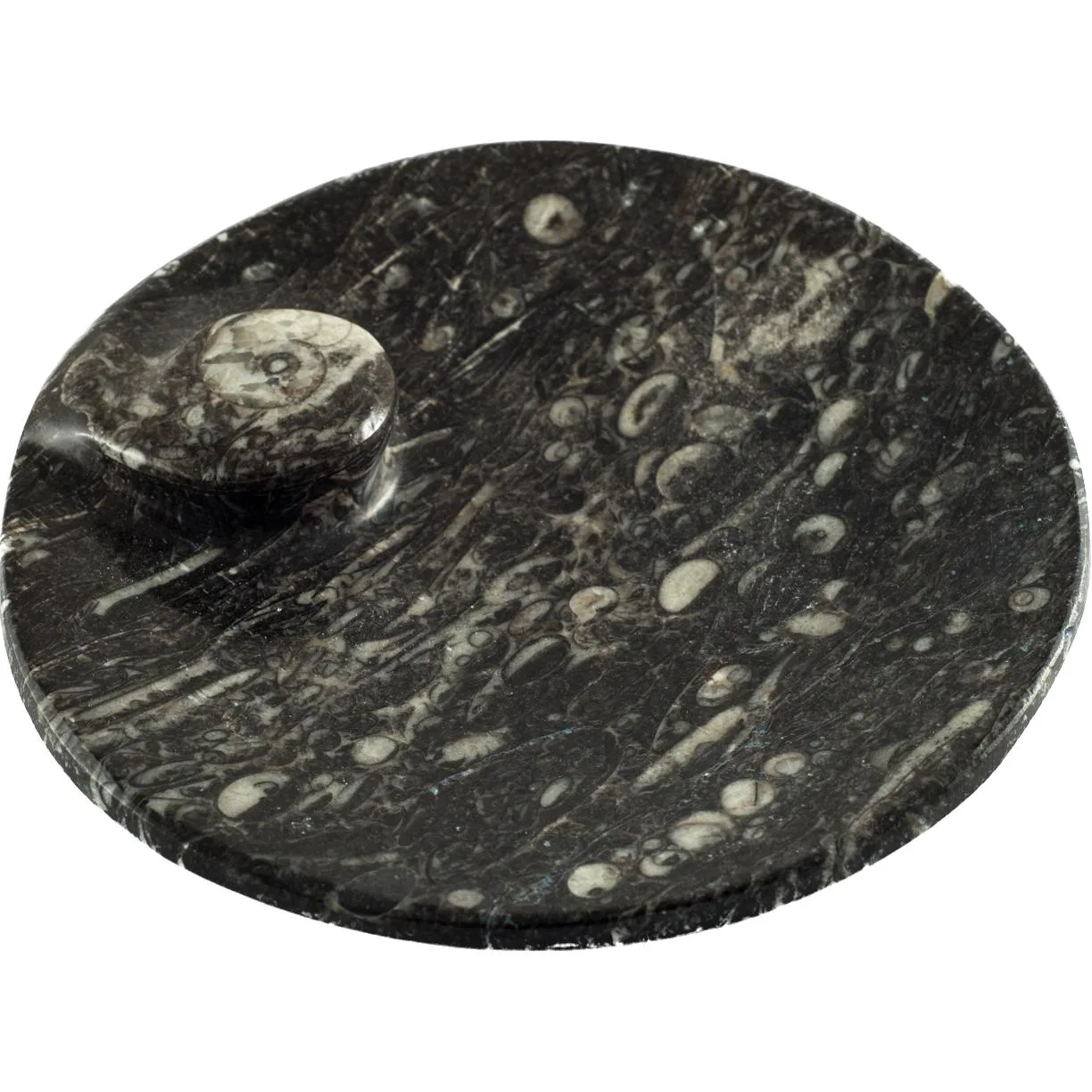
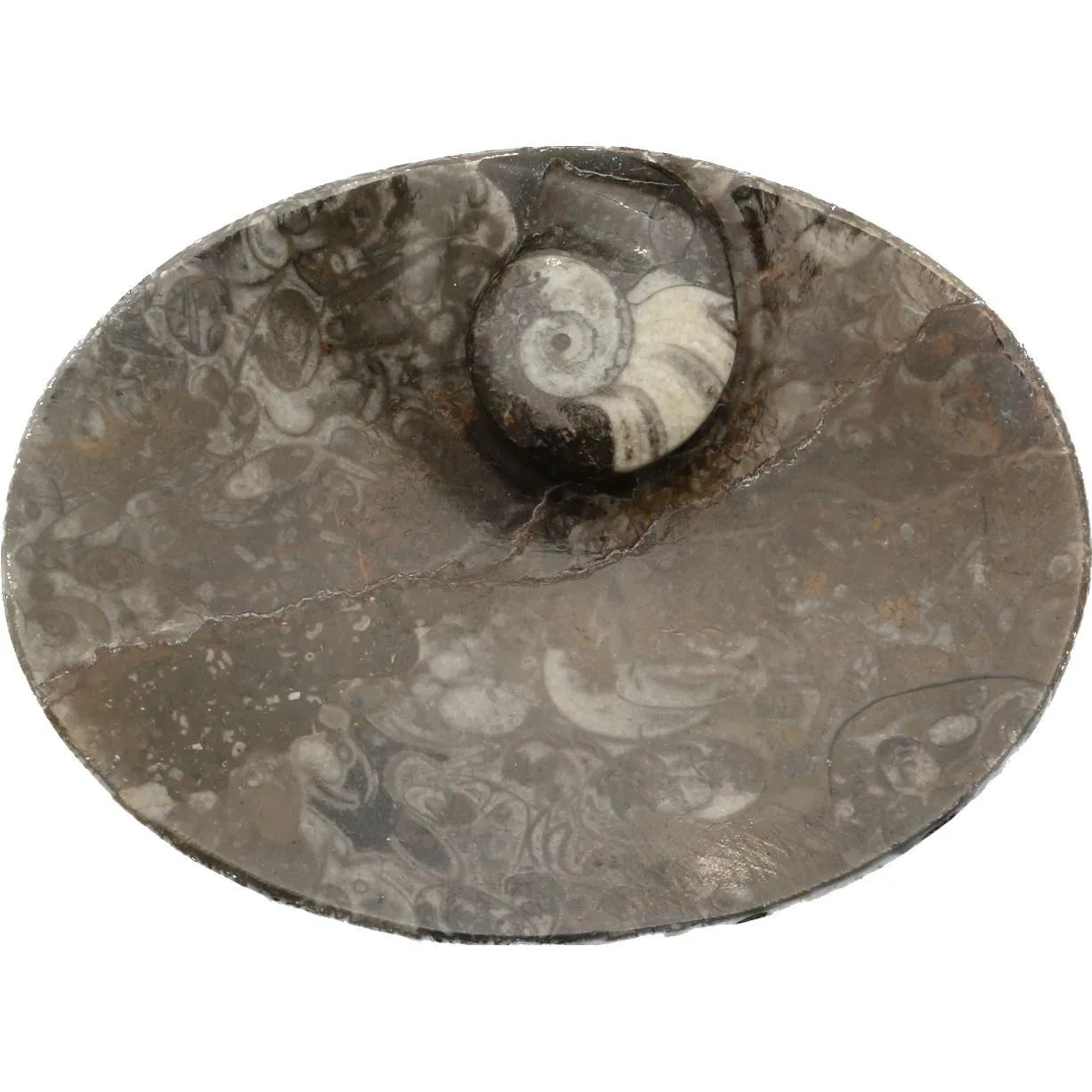
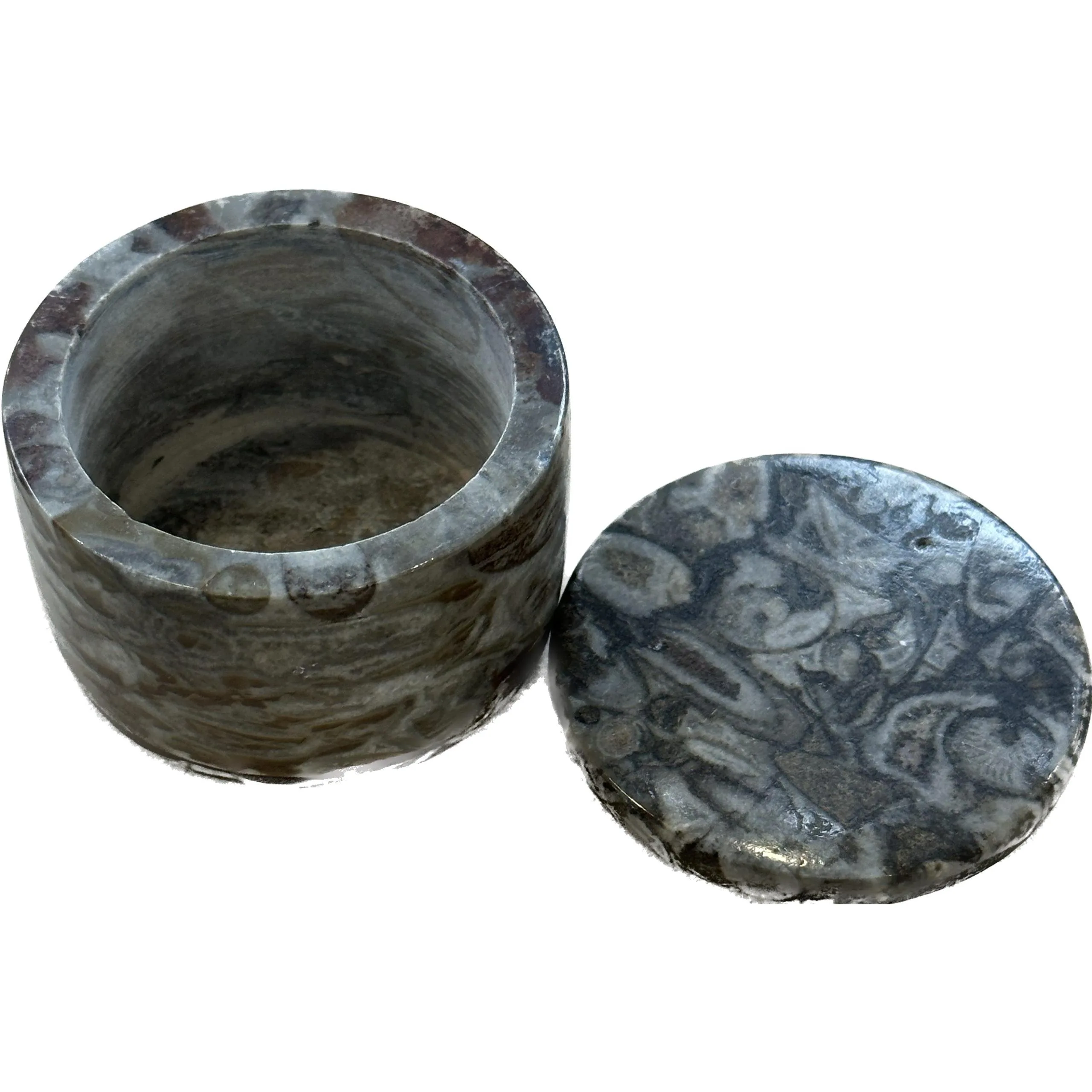

Reviews
There are no reviews yet.